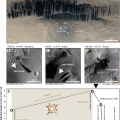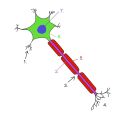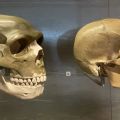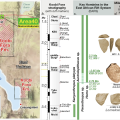Philantomba maxwellii - Définition
Source: Wikipédia sous licence CC-BY-SA 3.0.
La liste des auteurs de cet article est disponible ici.
La liste des auteurs de cet article est disponible ici.
| Céphalophe de Maxwell |
| Céphalophe de Maxwell | |||||||||
|---|---|---|---|---|---|---|---|---|---|

| |||||||||
| Classification | |||||||||
| Règne | Animalia | ||||||||
| Embranchement | Chordata | ||||||||
| Classe | Mammalia | ||||||||
| Infra-classe | Eutheria | ||||||||
| Cohorte | Laurasiatheria | ||||||||
| Ordre | Cetartiodactyla | ||||||||
| Sous-ordre | Ruminantia | ||||||||
| Famille | Bovidae | ||||||||
| Clade | Aegodontia | ||||||||
| Sous-famille | Cephalophinae | ||||||||
| Tribu | Cephalophini | ||||||||
| Genre | Philantomba | ||||||||
| Nom binominal | |||||||||
| Philantomba maxwellii (Smith, 1827) | |||||||||
| Synonymes | |||||||||
| Cephalophus maxwellii | |||||||||
| Statut de conservation IUCN : | |||||||||
| | |||||||||
| | |||||||||
Le Céphalophe de Maxwell (Philantomba maxwellii) est une petite antilope de l'Afrique de l'Ouest.
Il atteint 75 cm de long et 35 cm au garrot pour environ 5 kg. Sa robe est grise à gris-brun, tendant parfois vers le pourpre, avec un ventre blanc et des marques blanches sur la face.
Ils vivent dans la forêt humide, où ils se nourrissent d'herbe, fruits ou buissons.


















































